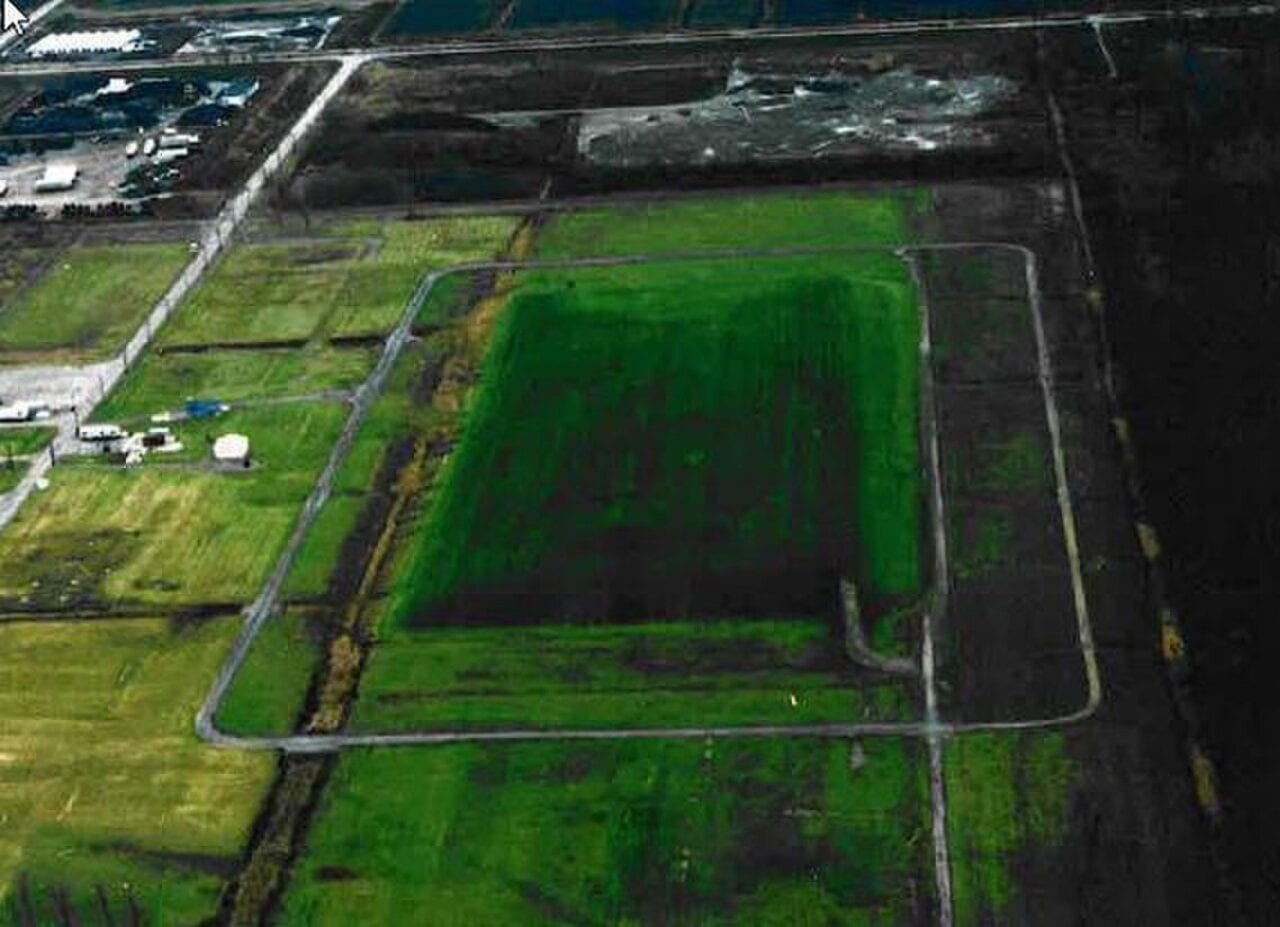
The U.S. Army Corps of Engineers Buffalo District submitted a proposed plan and launched the public comment period for the further decontamination of the Niagara Falls Storage Site in Lewiston, New York.
The Corps has already finished the decision-making process for the 10-acre Interim Waste Containment Structure (IWCS), an engineered landfill dating to the 1980s that contains uranium ore-processing residues and is considered the most significant source of contamination at the site. The Corps’ Formerly Utilized Sites Remedial Action (FUSRAP) Program is remediating the site.
The new plan outlines design alternatives for two additional operable units: the Balance of Plant operable unit, which includes all of the material at the 191-acre Niagara Falls Storage Site not in the IWCS — soils, buildings and building foundations, utilities, roads, and roadbeds — and the Groundwater operable unit, which refers to contaminated groundwater.
The Corps lays out five alternatives to remediate the two operable units in the plan, pointing most favorably to a $24 million option called “removal with building contamination.” The plan involves the excavation and off-site disposal of impacted soil, road bedding, groundwater, and the foundation and utilities of one of the former buildings, while others will be decontaminated by scarifying — mechanically grinding the surface — and left in place.
FUSRAP-related material removed from the site will be sent to an appropriately permitted disposal facility, the program outlined in a presentation posted to its website.
Eight radionuclides of concern were found in the Balance of Plant operable unit and surrounding areas, including: actinium-227, protactinium-231, lead-210, radium-226, thorium-230, uranium- 234, uranium-235, and uranium-238.
The Corps has already begun the procurement process for the IWCS, which holds more than 278,000 cubic yards of waste including some 6,030 cubic yards of highly radioactive material.
In March 2019, the Corps agreed to remove the entire IWCS, process the contaminated materials, and ship the materials out of state for permanent disposal. Now it’s pursuing the development of the design contract to remediate the site, which it expects to award by 2021.
The Corps expects the $24 million alternative to take 28.5 months — 24 months to develop remedial designs and plans and 4.5 months for construction — after which the site would be remediated to levels suitable for industrial use.
Since the 1940s, the Niagara Falls Storage Site has held wastes generated by the Manhattan Project to build the first atomic bomb.